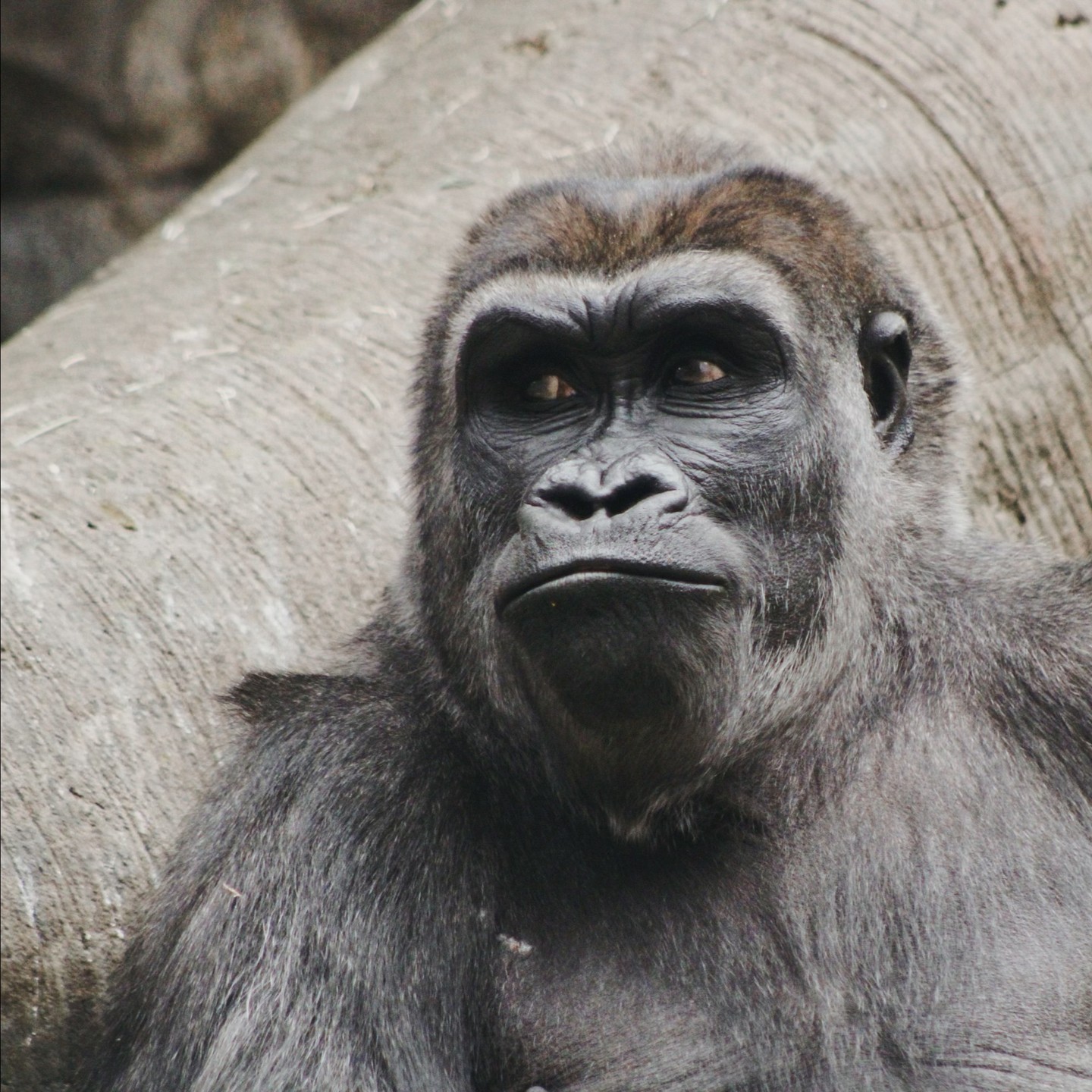– The physiological and behavioral adaptations of animals like gorillas, tapirs, and camels in zoos and wild habitats.
– The role of modern zoos in wildlife conservation, education, and fostering a connection between humans and animals.
– The impact of photographing zoo wildlife on public awareness and conservation efforts.
– Strategies for engaging zoo visitors with wildlife to promote conservation messages.
– Challenges facing global wildlife conservation and zoos’ role in addressing these issues.
Understanding the nuances of animal behavior and physiology offers a fascinating window into the lives of creatures sharing our planet. A gorilla’s intense stare, the remarkable length of a tapir’s tongue, or the curious tilt of a camel’s head are not mere quirks but adaptations crafted by evolution for survival and success in their respective environments. These behaviors and physical traits have a detailed story tied to the animal’s natural history and ecosystem role, demonstrating nature’s complexity and diversity.
Modern zoos function as bridges between humans and the natural world. Far from their historical predecessors, which often prioritized entertainment over welfare, today’s zoo exhibits strive for authenticity, educational value, and species conservation. Zoos engage in extensive research, rehabilitation, and breeding programs for endangered species, simultaneously providing visitors with the opportunity to learn about and connect with wildlife. This dual role is pivotal, as fostering a connection can inspire actions beneficial to conservation efforts.
Photographs taken by visitors like Brooke, who capture moments like a gorilla’s glare or a camel’s curious pose, play a subtle yet significant part in wildlife conservation. Sharing these images on social platforms can elevate public awareness and empathy for animals, showcasing the beauty and complexity of wildlife and reinforcing the need for conservation efforts. Visual imagery often speaks louder than statistics, turning abstract concepts into tangible, emotional experiences that resonate with a broad audience.
Engaging zoo visitors is both an art and a science. Interactive exhibits, informative signs, and educational talks can transform a casual zoo visit into a meaningful learning experience. By highlighting the stories behind animals like gorillas, tapirs, and camels—such as their natural behaviors, threats they face in the wild, and conservation efforts underway to protect them—zoos can motivate visitors to support conservation initiatives. Effective engagement strategies often involve storytelling, hands-on interaction, and fostering emotional connections between visitors and animals.
Global wildlife conservation challenges are numerous and multifaceted, encompassing habitat destruction, climate change, illegal hunting, and pollution. Zoos mitigate these issues by participating in global conservation networks, funding and conducting research and rehabilitating and reintroducing animals into the wild. Additionally, zoos serve as genetic reservoirs, maintaining biodiversity through carefully managed breeding programs for endangered species. By educating the public about these efforts and the challenges ahead, zoos encourage a collective approach to conservation, emphasizing that the well-being of our planet’s biodiversity impacts humanity’s future.
In summary, zoo animals’ behavior and physical traits, like gorillas, tapirs, and camels, provide more than just a momentary spectacle for visitors. These characteristics are threads in the larger tapestry of biodiversity and conservation. Through education and engagement, modern zoos aim to shed light on the importance of each species and the interconnectedness of life on Earth. By capturing and sharing their encounters with wildlife, visitors to places like Franklin Park Zoo become part of a larger narrative, where every photograph and shared experience contributes to the ongoing efforts to conserve our planet’s remarkable wildlife.
*****
Source Description
A gorilla’s glare, a tapir’s tongue, a camel cocking its shaggy head… making connections to animals one snap at a time. Swipe through to see some lovely images from Brooke, a recent visitor to Franklin Park Zoo.
.
Be sure to tag us if you post to social so we can see your pictures, too!


